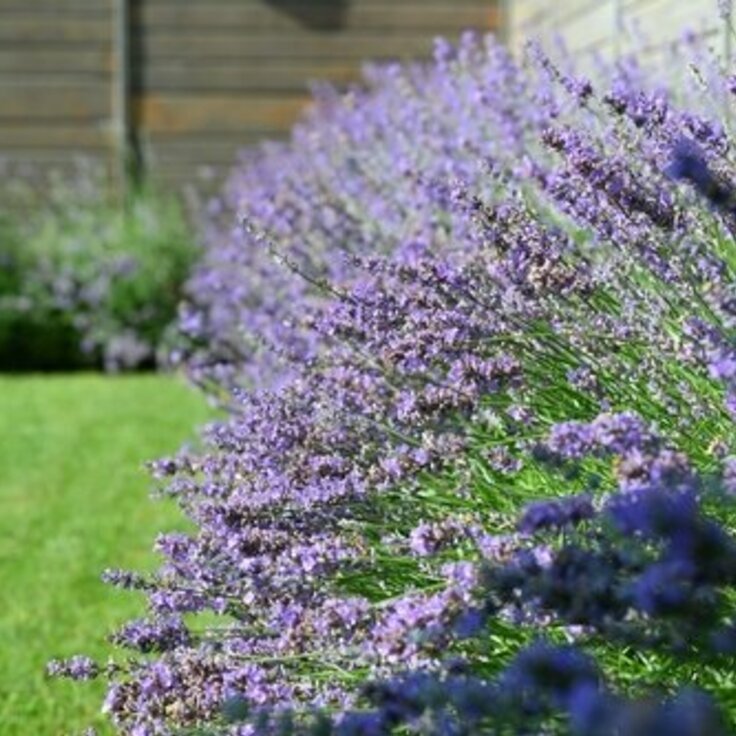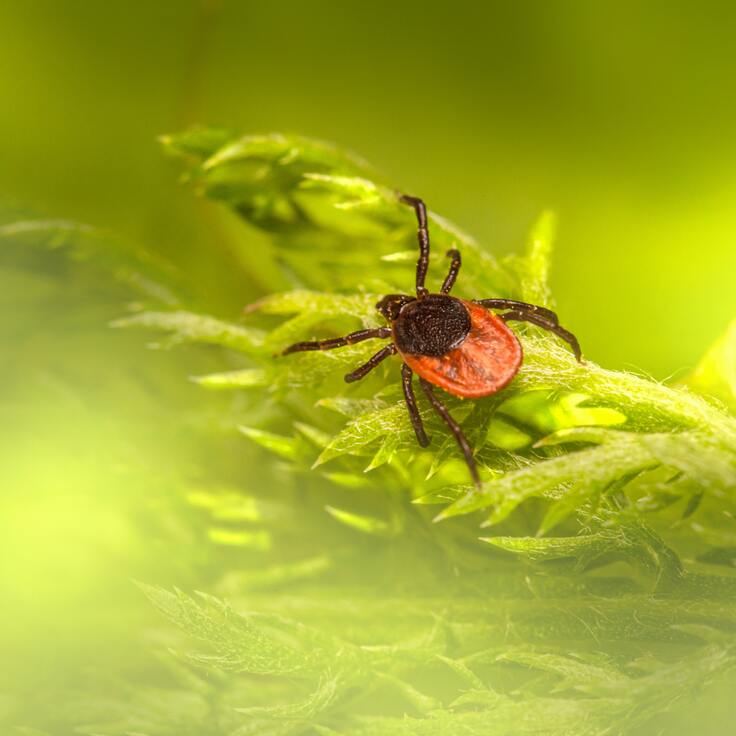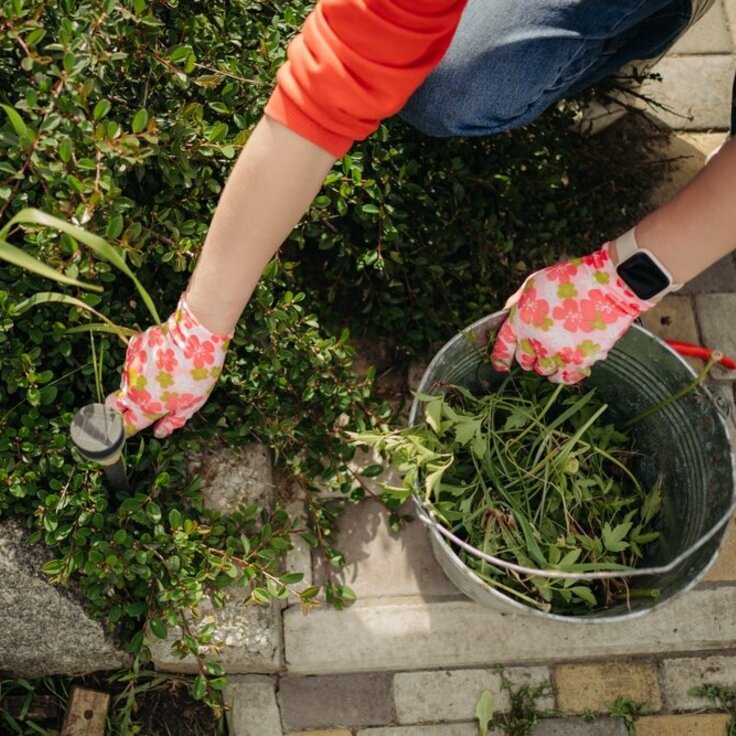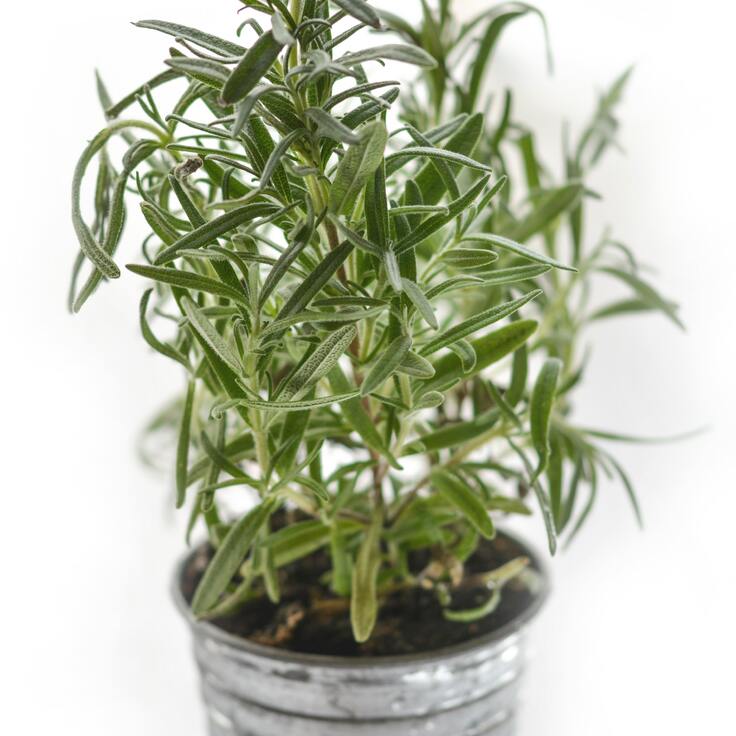Composting in Autumn: A Friendly Guide to a Sustainable Fall
As the days grow shorter and the leaves begin to turn brilliant shades of orange and gold, autumn invites us to reflect on the beauty of nature and how we can contribute to it. For gardeners and eco-conscious folks alike, this season offers a fantastic opportunity to dive into composting. It’s not just about tidying up the garden; it’s a chance to recycle organic waste into something wonderful for our plants. Let’s explore how you can make the most of composting this fall!
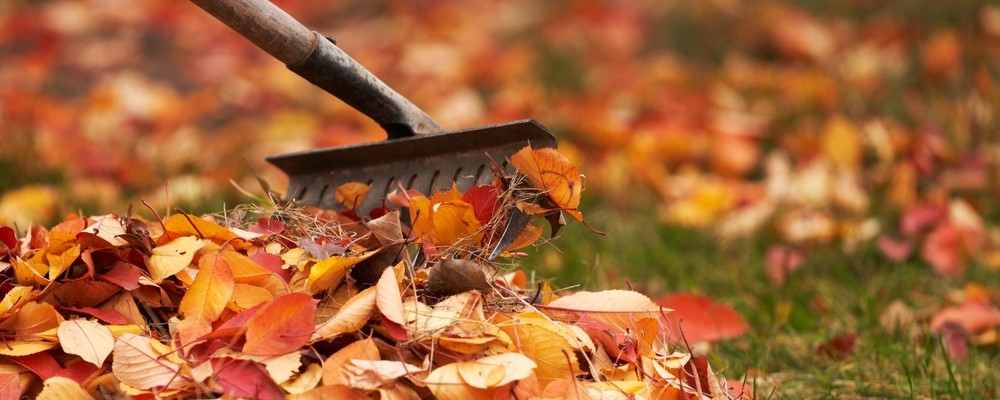
The Perks of Composting in Autumn
Autumn is a treasure trove of organic materials just waiting to be transformed into compost. When the trees shed their leaves and your garden shifts from summer blooms to winter rest, you’ll find a bounty of carbon-rich browns—think of those beautiful fallen leaves and dried flowers. Pair these with nitrogen-rich greens like vegetable scraps and leftover grass clippings, and you’ve got the perfect recipe for a thriving compost pile. Composting in the fall not only helps reduce waste but also sets you up for a flourishing garden come springtime.
Getting Started with Your Autumn Compost Pile
If you’re new to composting, don’t worry—starting your pile in autumn is easier than you might think! First, pick a nice spot in your garden that drains well and gets a bit of sunlight. Then, gather those fallen leaves, twigs, and other browns you find around. Mix them with green materials, such as kitchen scraps, coffee grounds, and eggshells. Aim for a balance of about three parts browns to one part greens. Turning your pile every few weeks is essential to keep it aerated, which helps speed up the decomposition process. Before you know it, those autumn leftovers will become rich, dark compost!
Keeping Your Compost Active in the Chill
As the weather gets cooler, you might worry that your compost pile won’t work as well. But don’t fret—composting can still thrive in the fall and winter! Microbial activity slows down in the cold, but it doesn’t stop. To keep your pile warm and toasty, consider insulating it with straw or adding a layer of mulch on top. This extra warmth will help the little microbes do their job. If your compost starts to freeze, just cover it with a tarp to protect it from the elements. It will warm back up when the weather gets milder!
Using Your Autumn Compost in the Garden
When your compost is ready, usually within a few months, it’s time to put it to good use! Autumn is the perfect time to enrich your garden beds with your homemade compost. Spread a layer over your soil to improve its texture, help it retain moisture, and provide those all-important nutrients for your plants. You can also use compost as a mulch around your perennials to keep their roots cozy during the winter and suppress pesky weeds. As the compost breaks down, it’ll slowly feed your plants, giving them a fantastic start in spring.
Embracing Sustainable Practices All Year Long
Composting in autumn is just the beginning of a sustainable gardening journey. By turning your kitchen scraps and yard waste into valuable compost, you’re not only cutting down on landfill waste but also nurturing your soil naturally. Encourage friends and neighbours to join you in this endeavour—share tips, swap composting stories, and celebrate the joy of recycling organic waste together. As you continue composting through winter and into spring, you’ll become more mindful of your waste and how it impacts the environment, deepening your connection to nature.
In a nutshell, autumn is a time of change—not just for the trees and gardens, but for us as well. By embracing composting this fall, you’re taking an important step toward reducing waste and enriching your soil. So, gather those beautiful fallen leaves, start your compost pile, and get ready to watch your garden thrive when spring arrives. Happy composting, and enjoy the beauty of the season!

